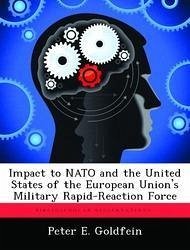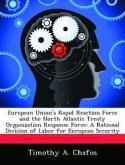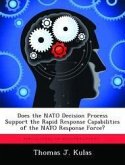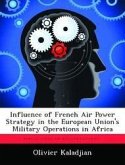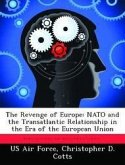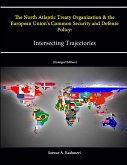In 1999 the European Union (EU) established goals of fielding by 2003 a 60,000-troop force, deployable within sixty days and sustainable for up to one year. The force will be used for so-called "Petersberg" tasks, that is, humanitarian and rescue tasks, peacekeeping tasks, and tasks of combat forces in crisis management, including peacemaking. The goals were spurred by European desires to have a crisis-response force which could act autonomously from NATO if necessary. This thesis explores the potential impact to NATO and the US of the EU's efforts to develop its crisis-reaction force. The research explores the military relationships between the EU force and NATO, EU plans for military modernization, the possible effects of expansion of both organizations, and EU intentions vis a vis NATO. The EU will require NATO assistance for all but the simplest Petersberg missions in the near term, and must continue to improve ties with NATO to that end. Despite the costs the EU rapid-reaction force imposes on NATO in terms of staff man-hours, more complex command and control, and increased training requirements, the net results for the US and NATO should be positive: improved trans-Atlantic relations and continued relevance for NATO.

